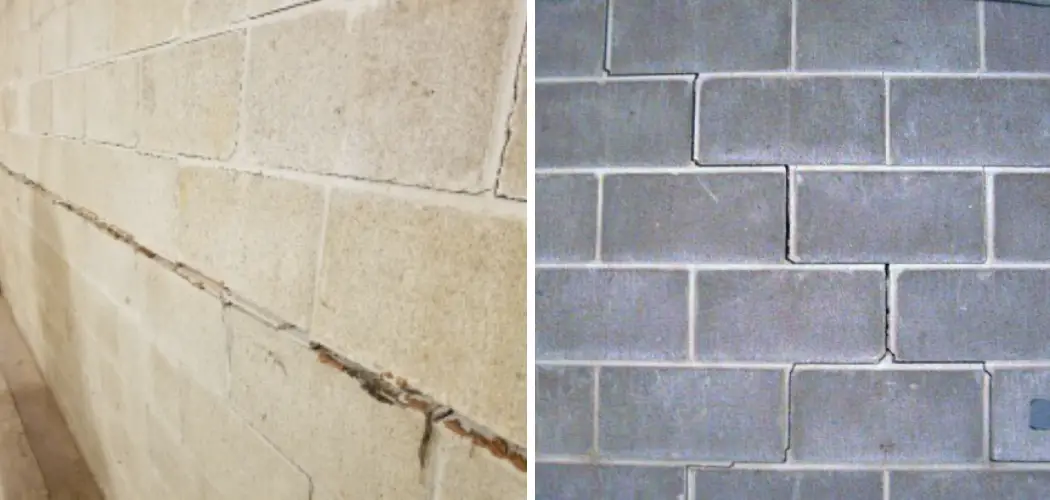Do you have a cinder block foundation that is bowing or leaning? If so, don’t panic – the situation can be fixed. Although this type of problem may sound scary and intimidating, there are simple steps that you can take to help remedy the issue.
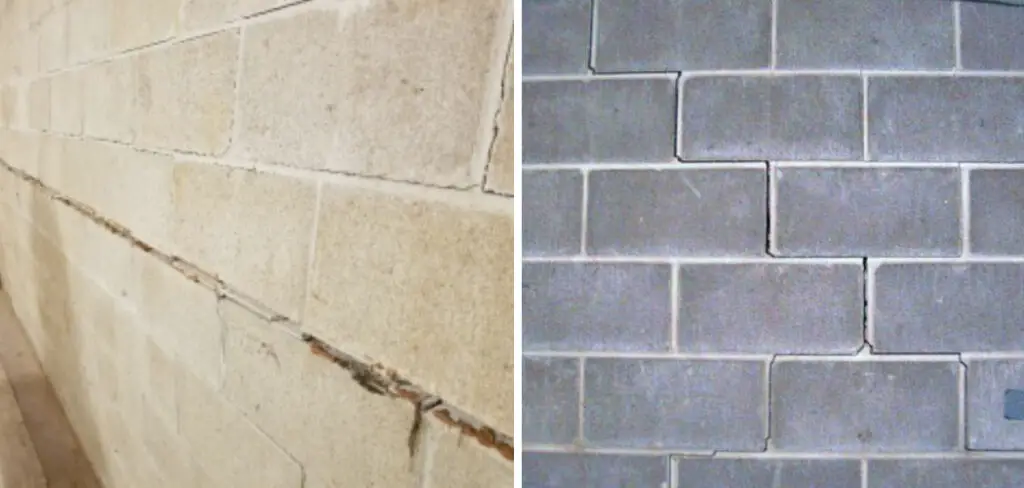
In this blog post, we will discuss how to fix a bowing cinder block foundation, as well as provide helpful information on how to go about fixing it. With the right approach and some patience, it’s entirely possible for you to get your cinder block foundation back in tip-top shape. So let’s start by discussing exactly why these foundations tend to lean or bow in the first place!
Is a Bowing Wall a Problem?
When it comes to a bowing cinder block foundation, the answer is yes. A bowing wall can be an indication of major structural damage that can leave your home unsafe and vulnerable to further damage if left unaddressed. The most common cause of cinder block wall bowing is hydrostatic pressure from outside water pushing against the walls. This pressure can cause the walls to bow inward and crack, weakening the foundation of your home.
Fortunately, there are steps you can take to fix a bowing cinder block foundation that will help protect your home from further damage and restore its structural integrity. Read on for more information on what causes bowing walls and how to repair cinder block foundations.
Why Do Cinder Blocks Bow?
Cinder blocks are one of the most common materials used in foundation construction due to their strength and durability. However, like any material, they are prone to damage from outside sources such as water. Hydrostatic pressure from excessive amounts of water can cause cinder blocks to bow inward, leading to a weakened foundation. This can be caused by insufficient drainage or an abundance of water around the foundation of your home.
10 Methods How to Fix a Bowing Cinder Block Foundation
1. Waterproof the Block Foundation
One method you can use to fix a bowing cinder block foundation is to waterproof it. This will help to prevent water from seeping into the foundation and causing it to bow.
There are a number of different products on the market that can be used to waterproof a foundation, so be sure to do your research to find the one that best suits your needs. If you are unsure of what product to use, you can always consult a professional for advice. While waterproofing the foundation will not repair the bowing, it is an important step to take in order to prevent further damage.
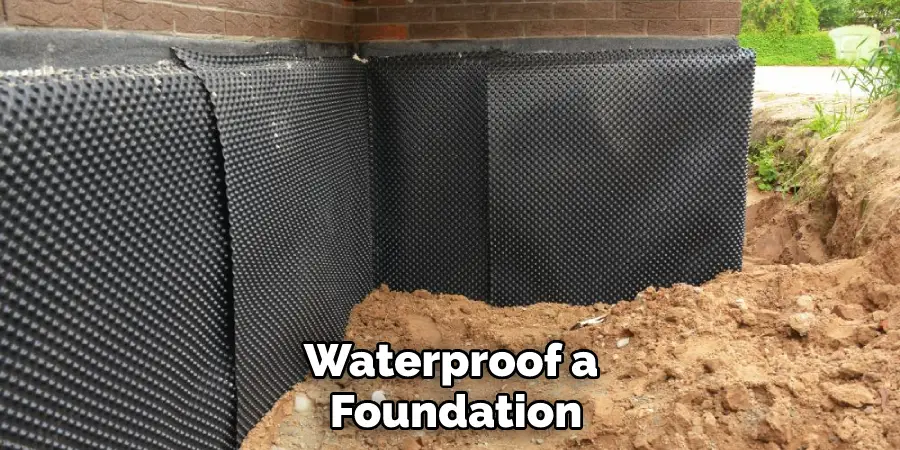
2. Install Foundation Anchors
Another method you can use to fix a bowing cinder block foundation is to install foundation anchors. Foundation anchors are devices that are installed into the ground around the perimeter of the foundation. They work by applying pressure to the foundation, which helps to prevent it from bowing. Foundation anchors are fairly easy to install, and they can be done by the homeowner.
To install foundation anchors, you will need to use a drill with a masonry bit to bore holes into the ground around the foundation. The anchors will then be placed inside the holes and attached to the foundation with bolts. After the anchors have been installed, you can use a crowbar to apply pressure to the foundation and secure it in place.
3. Use Carbon Fiber Reinforcement
another method you can use to fix a bowing cinder block foundation is to use carbon fiber reinforcement. Carbon fiber reinforcement is a material that is used to reinforce concrete structures. It is very strong and can help to prevent the foundation from bowing.
It is typically used in conjunction with grouting, as it can help to ensure that the grout is properly bonded to the wall. The carbon fiber comes in strips that are applied to the wall and then grouted over. Carbon fiber reinforcement is a very effective method, but it can be costly.
4. Install Helical Piers
you can use install helical piers to fix a bowing cinder block foundation. These are steel shafts with helix-shaped blades that anchor into the stable ground to provide additional support for the wall. To install them, you need to dig a narrow trench around the wall, then use an excavator to place the piers about four feet apart.
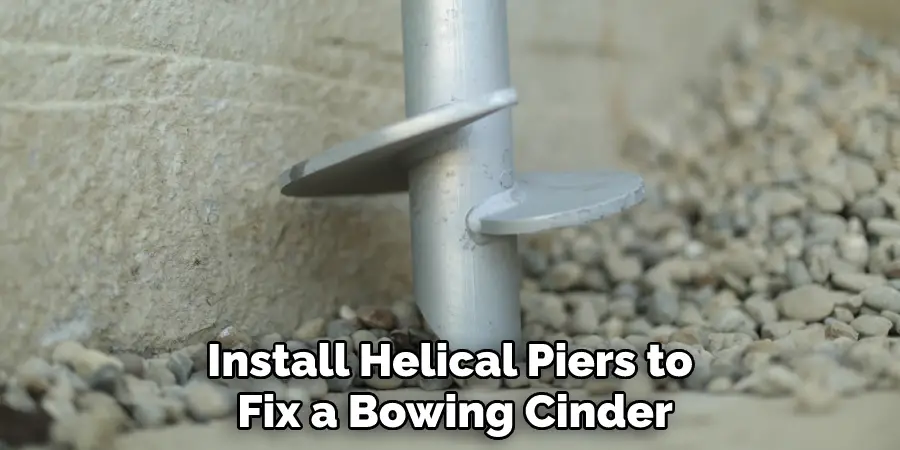
After installation, you can fill the trench with concrete to provide additional support and stability. This method is effective at preventing further bowing and can be used in conjunction with other methods, such as wall anchors, to reinforce the wall. Additionally, helical piers can also be used to level slabs or sunken foundations.
5. Use Soil Nails
using soil nails is a more involved and costly process than the other methods. Soil nails involve drilling holes in the cinder block wall and inserting steel reinforcement rods with expanding grout between them. The rods are then secured to the wall with anchor plates and bolts. This increases the rigidity of the wall and prevents it from bowing further.
It is important to have this process performed by a qualified repair specialist, as there are many safety risks associated with drilling into cinder block walls. Additionally, if not done properly, the repair could cause more damage than it solves. However, when performed properly, soil nails can be a long-term solution to prevent the bowing of a cinder block foundation.
6. Use Plate Anchors
another method you can use to fix a bowing cinder block foundation is to use plate anchors. Plate anchors are devices that are installed into the ground around the perimeter of the foundation. They work by applying pressure to the foundation, which helps to prevent it from bowing.
Plate anchors are a good solution for foundations that have moderate to severe bowing. However, they can be expensive and should only be used as a last resort. If you choose to use plate anchors, it is important to have them installed by a professional. This will ensure that they are properly placed and that your foundation is stabilized.
7 . Use Micropiles
You can use micropiles to stabilize bowing walls. Micropiles are steel cables that are drilled into the ground and then filled with concrete to create a strong anchor for the wall.
This helps to keep the cinder block foundation from shifting and bowing outward. It is important to have a professional contractor install the micropiles to ensure the job is done correctly. Once the micropiles are in place, they can be used to help support any load that may be placed on the wall.
This will help ensure the cinder block foundation remains stable and will not bow in the future.
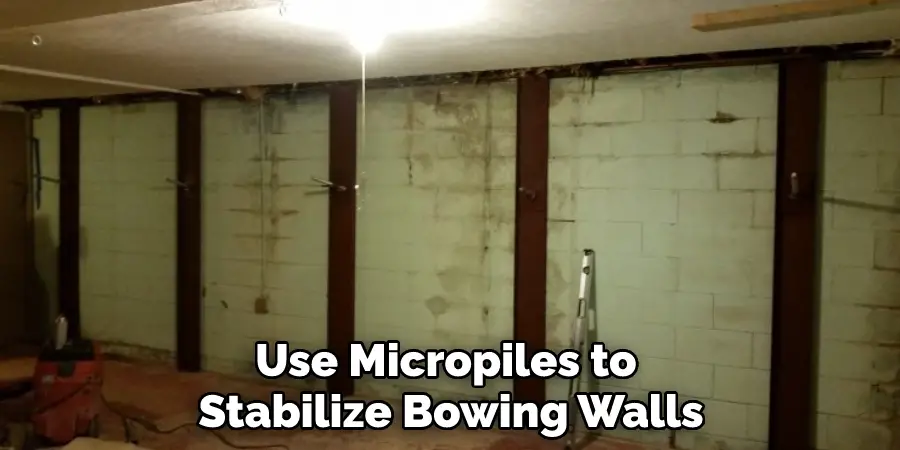
Many homeowners choose to have a professional contractor install the micropiles, as they require specialized equipment and expertise. However, if you are comfortable with DIY projects and have a good understanding of the process, it is possible to install them yourself.
8. Use Epoxy Injection
Using epoxy injection is another method of restoring the cinder block foundation wall and fixing cracks. Epoxy injection is an effective repair method as it helps to effectively restore the strength and structural stability of the foundation wall. The epoxy is injected into small holes drilled in the block wall, where it then fuses with the surrounding masonry and concrete, creating a strong bond that helps to seal the crack.
This method of repair is generally used for cracks up to 1/4” wide, as wider holes can cause extensive weakening of the foundation wall. Be sure to use epoxy specifically designed for injection in cinder block walls, and follow all safety instructions when using epoxy.
9. Use Steel Reinforcement
Yet another method you can use to fix a bowing cinder block foundation is to use steel reinforcement. Steel reinforcement is a material that is used to reinforce concrete structures. It is very strong and can help to prevent the foundation from bowing.
The steel reinforcement should be placed in a grid pattern, with one end of each piece attached to the foundation and the other end secure to a stable structure. This will help to keep the foundation from bowing any further. In addition to helping with structural stability, the steel reinforcement can also provide additional support to the foundation.
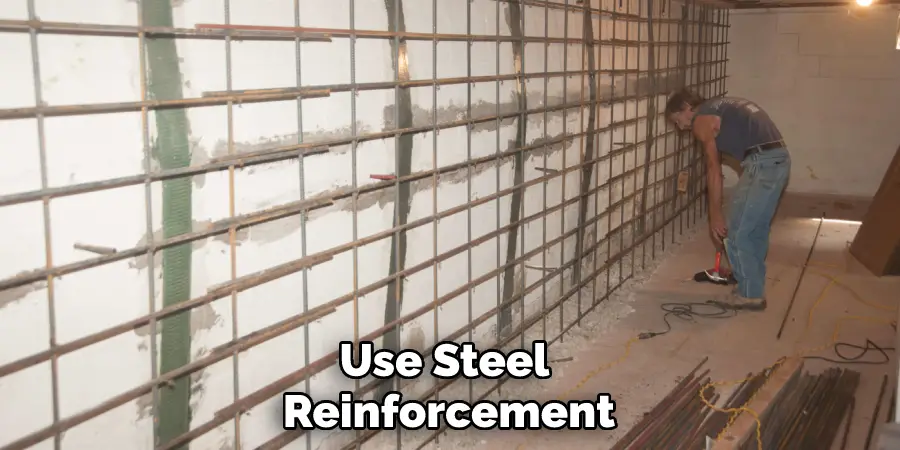
10. Call Professional Help
Finally, if the bowing of your cinder block foundation continues to worsen, it may be best to call in a professional. An expert can inspect the damage and make sure that the repair is done correctly. Professional help may be expensive, but it can also save you time, money, and a lot of stress in the long run. With the help of an expert, your cinder block foundation will be back to normal in no time.
Conclusion
If your home is exhibiting any of the above symptoms, it’s time to call in a professional. They will be able to assess the damage and recommend the best repair solution for your bowing cinder block foundation. In some cases, you may be able to fix the problem yourself with a few tools and supplies from your local hardware store.
However, we always recommend consulting with a foundation expert before taking on any repairs yourself. Thanks for reading our blog post on how to fix a bowing cinder block foundation! We hope you found it helpful and informative. Happy fixing!

